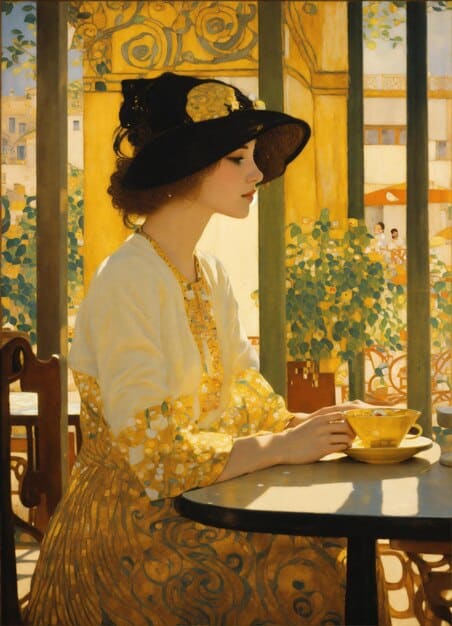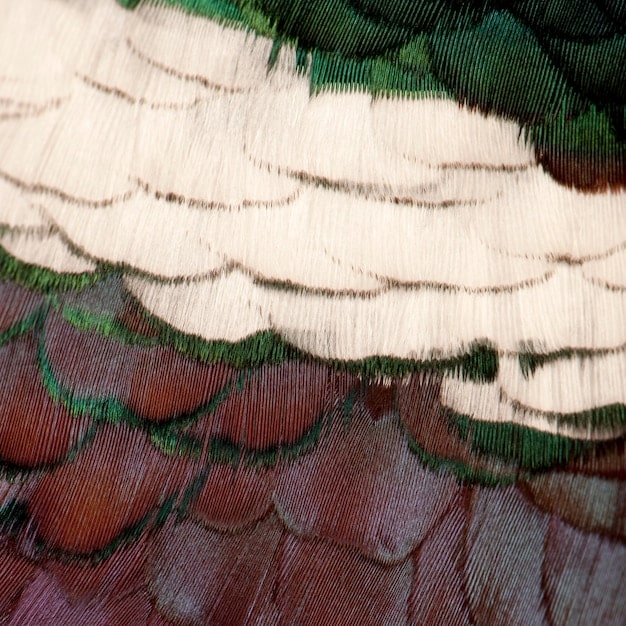Unveiling Forgotten Masterpieces: Exploring the Art of Federico Zandomeneghi

Federico Zandomeneghi, an Italian Impressionist, often overshadowed by his French counterparts, crafted intimate and vibrant scenes of Parisian life, capturing the essence of everyday moments with a unique and innovative style.
Dive into the captivating world of Federico Zandomeneghi, an Italian artist who left an indelible mark on the Impressionist movement. Often admired but not widely known, learn why his contributions deserve a place in the pantheon of art history. His works present vivid, intimate portrayals of late 19th-century Parisian life.
Who Was Federico Zandomeneghi?
Federico Zandomeneghi, born in Venice in 1841, was an Italian painter and one of the key figures of the Italian Impressionist movement. He is known for his depictions of Parisian life, particularly women in domestic settings, captured with a distinctly modern sensibility.
Early Life and Artistic Beginnings
Zandomeneghi’s artistic journey began in Venice, with family connections to the art world providing early influence. He studied at the Accademia di Belle Arti in Venice before making decisive career changes.
- Family Heritage: Coming from a family of sculptors and artists allowed Zandomeneghi early exposure and training in art.
- Academia Training: His academic training set the foundation for his later, more experimental Impressionist work.
- Early Influences: Initially, Zandomeneghi was influenced by the Realist movement before transitioning towards Impressionism.
Zandomeneghi actively participated in the Italian wars of independence, before settling in Paris in 1874. This move was significant, as it allowed him to immerse himself in the avant-garde art scene and refine his distinctive style.
Zandomeneghi’s Artistic Style and Influences
Zandomeneghi developed a unique style characterized by its intimate portrayal of Parisian everyday life and the use of innovative techniques. His art reflects the influence of both Italian artistic traditions and the French Impressionist movement.
He was heavily influenced by Impressionism, incorporating its emphasis on light, color, and capturing fleeting moments. However, his Italian background imbued his work with a distinct sensibility.

Key Characteristics of His Style
The artist’s style is marked by a blend of Impressionist techniques and personal touches. These elements combined to create works unique to him.
- Intimate Scenes: Showcasing private moments of women in their daily routines, such as dressing, reading, or having tea.
- Color and Light: Skillful use of vibrant colors and innovative lighting techniques to capture the atmosphere of Paris.
- Printmaking Innovations: Experimentation with printmaking, particularly color etching and aquatint, to create unique textures and effects.
Zandomeneghi’s use of pastels further refined his approach, granting a softness and immediacy to his scenes, which captured the fleeting nature of moments, making his work feel both contemporary and timeless.
The Parisian Years: Zandomeneghi in the Heart of Impressionism
Moving to Paris in 1874 placed Zandomeneghi at the center of the Impressionist movement, where he interacted with and was inspired by some of the greatest artists of the era. Living in Paris, he absorbed and then contributed uniquely to the Impressionist movement.
He became friends with Edgar Degas, Camille Pissarro, and Pierre-Auguste Renoir. The relationships significantly shaped his artistic direction and deepened his understanding of Impressionism.
Association with Key Impressionists
He engaged deeply with key figures in the Impressionist movement, which affected both his personal life and artistic choices.
- Edgar Degas: A close friendship that led to shared exhibitions and mutual influence on each other’s style.
- Camille Pissarro: Inspired by Pissarro’s focus on everyday life and landscape, influencing Zandomeneghi’s subjects.
- Pierre-Auguste Renoir: A professional respect and camaraderie that strengthened Zandomeneghi’s commitment to Impressionist principles.
He presented his work in several Impressionist exhibitions, further cementing his place within the movement. These experiences provided him with both exposure and validation.
Notable Works and Themes
Zandomeneghi’s works often depicted women in intimate settings or engaging in everyday activities. His paintings offer a glimpse into the lives of Parisian women during the late 19th century and showcase his mastery of light, color, and composition. His art captures the intimate and bustling scenes of Parisian life with remarkable depth.
His paintings like “Place d’Anvers” and “In the Garden” showcase his ability to capture the essence of Parisian life, using light and color to create lively and engaging scenes. Another piece “La Toilette” stands out for its intimate portrayal of a woman tending to her appearance.
Zandomeneghi’s artistic contributions often went beyond simple representation, presenting nuanced perspectives on society and personal identity. Through his subtle use of color and composition, he conveyed deeper emotional and social meanings.
Zandomeneghi’s Innovations in Printmaking
Beyond painting, Zandomeneghi was a highly innovative printmaker, exploring techniques such as etching and aquatint to create works of unique texture and depth. His contributions to printmaking are an important facet of his artistic portfolio and further highlight his innovation within the art world.
He was particularly skilled in color etching and aquatint, techniques that allowed him to achieve effects reminiscent of his pastel paintings. His innovative approach expanded the possibilities of printmaking as an art form.

Examples of His Printmaking Innovations
His printmaking output includes many pieces that show off his range in the field and further enhanced his legacy.
- Color Etchings: Demonstrating a mastery of color separation and layering to achieve subtle tonal variations.
- Aquatint Techniques: Creating rich, atmospheric effects that mimic the softness of pastel drawings.
- Innovative Use of Materials: Experimenting with different papers and inks to enhance the texture and visual impact.
His exploration of printmaking techniques further broadened his oeuvre and contributed to his reputation as a versatile and innovative artist.
Legacy and Rediscovery
While Federico Zandomeneghi may not be as widely recognized as some of his Impressionist contemporaries, his work has experienced a resurgence of interest in recent years. His contributions to Impressionism remain valuable, and his unique vision is gaining recognition.
His paintings now appear in major museum collections and exhibitions, introducing his art to new audiences. Art historians have begun to re-evaluate his role within the Impressionist movement to better understand his work’s impact.
Why Zandomeneghi Matters Today
His work continues to captivate current audiences and remains pertinent due to his unique viewpoint and artistic methods.
- Unique Perspective: Offering a vision of Parisian life that blends Italian sensibility with French Impressionism.
- Technical Skill: Demonstrating mastery in both painting and printmaking, pushing the boundaries of artistic technique.
- Human Connection: Capturing intimate moments of daily life that resonate with modern viewers.
His art encourages us to appreciate the beauty in everyday experiences and the diverse perspectives within the Impressionist movement.
| Key Point | Brief Description |
|---|---|
| 🎨 Italian Impressionist | Blending Italian artistic traditions with French Impressionism. |
| 🏙️ Parisian Life | Depicting intimate scenes of women in 19th-century Paris. |
| 🖼️ Technical Innovation | Mastery in color etching and aquatint printmaking. |
FAQ
▼
Federico Zandomeneghi is best known for his intimate depictions of Parisian women and scenes from everyday Parisian life, blending Italian artistic traditions with French Impressionism.
▼
Zandomeneghi added a unique cultural perspective to Impressionism, combined Italian artistic sensibility with French techniques. His printmaking also expanded the possibilities within the art form.
▼
Zandomeneghi was influenced by Edgar Degas, Camille Pissarro, and Pierre-Auguste Renoir. His early training in Italy also played a key role in his unique style.
▼
Notable works include “Place d’Anvers,” “In the Garden,” and “La Toilette,” showcasing his ability to capture the essence of Parisian life and intimate domestic scenes.
▼
Zandomeneghi’s work offers a unique perspective on Parisian life, showcasing his technical skill and human connections, and resonating with modern viewers through his intimate portrayal of daily life.
Conclusion
Federico Zandomeneghi, while often overlooked, made significant contributions to the Impressionist movement. His distinctive style, blending Italian artistic traditions with French techniques, offers a unique perspective on Parisian life. By rediscovering his work, we gain a deeper appreciation for the diverse voices and visions that shaped a pivotal moment in art history.





